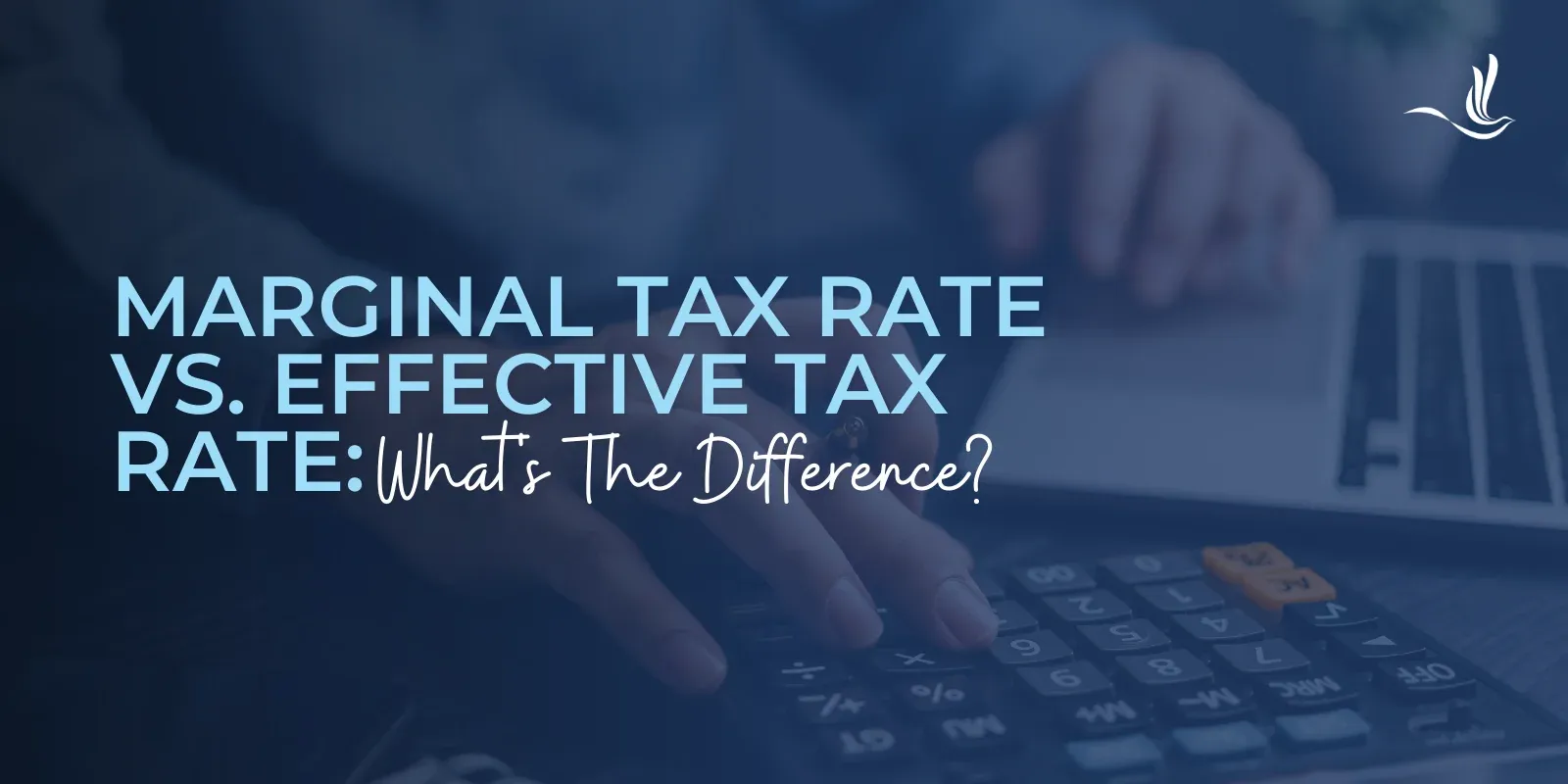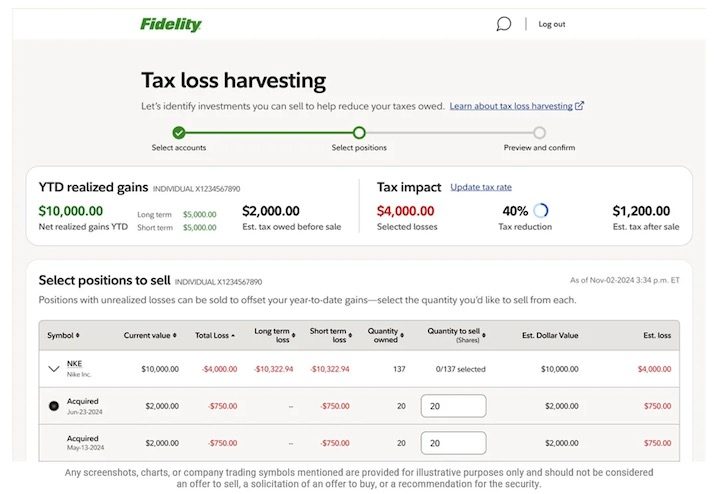On December 22, 2021, President Biden announced another extension for the ongoing pause on most federal student loan payments and interest to May 1, 2022. The payment pause had originally been set to end on January 31, 2022, following what the administration had repeatedly called the “final” extension of student loan relief.
But under pressure from student loan borrower activists and progressives in Congress, and with the administration facing dual crises associated with the rapid spread of the Omicron variant and rising inflation, Biden opted to extend the relief again. As of May 1, 2022, most federal student loans will have been on pause for over two years.
Here’s how student loan borrowers may want to take advantage of the extra 90 days of relief.
1. Make a lump sum payment on your student loans 2.Request a refund for payments already made 3. Prepare to return to repayment 4. Check for eligibility for Public Service Loan Forgiveness (PSLF) Resources for borrowers
1. Make a lump sum payment on your student loans
There’s no early payoff or pre-payment penalty for federal student loans.
Given that federal student loans covered by the payment pause have also enjoyed a 0% interest rate, making a lump sum payment toward the end of the pause is equivalent to making ongoing monthly payments along the way.
The 0% interest rate means that any payment will go entirely to the current balance, not toward interest. Interest that accrued prior to the payment pause, however, needs to be repaid in full before a payment is applied to the loan principal.
Making a lump sum payment allows borrowers to get a head start on the eventual payoff. Once interest starts accruing again after May 1, 2022, that interest would be applied to a smaller balance. This approach makes the most sense for borrowers who intend to pay off their loan balances in full.
2.
Request a refund for payments already made
Borrowers who’ve made voluntary payments on their federal student loans during the payment pause (after March 2020) have a right to request a refund of those payments.
According to the Department of Education, “You don’t have to make monthly payments during [the payment pause]. If you made a payment during this time, you can request a refund through your loan servicer.”
Requesting a refund of payments already made might seem counterintuitive. But this strategy could make sense for borrowers on track for a federal student loan forgiveness program, such as Public Service Loan Forgiveness (PSLF).
The months of suspended payments after March 2020 count toward federal loan forgiveness, as if payments had been made. There is little incentive for these borrowers to make voluntary payments on their loans during the payment pause.
Requesting a refund might also make sense for certain borrowers who could afford making voluntary payments at some point after March 2020, but are currently experiencing an unexpected financial hardship or a cash crunch.
Download the Best Student Loan Calculator3.
Prepare to return to repayment
President Biden urged borrowers to use the extension to “take full advantage of the Department of Education’s resources to help you prepare for payments to resume” and, if necessary, to “look at options to lower your payments through income-based repayment plans.”
Income-driven repayment plans offer borrowers affordable payments tied to their income while getting on track for eventual loan forgiveness. A calculated payment under an income-driven plan typically lasts for 12 months. Borrowers must recertify their income annually, which could result in adjustments to their payments.
Borrowers whose financial circumstances change prior to the usual recertification date can request a recalculation of their income-driven plan payment at any time.
Borrowers should be aware of some potential changes and procedures regarding income-driven plans as May 1, 2022, approaches:
- Borrowers can apply for income-driven plans either online at StudentAid.gov, regardless of their loan servicer, or by submitting a paper application directly to their loan servicer. Some borrower’s loan servicers have changed since March 2020.
For example, many federal student loans serviced by Navient are now serviced by AidVantage. And some loans handled by FedLoan Servicing have been transferred to MOHELA and several other servicers. Borrowers should confirm their current loan servicer is by visiting StudentAid.gov.
- Borrowers who have already been in an income-driven plan should be aware that many loan servicers have postponed normal annual recertification dates due to the ongoing payment pause. Borrowers should contact their loan servicer before May 1, 2022, to determine when their next recertification date is.
- The Department of Education is temporarily easing the application and recertification process for income-driven plans through this summer.
Borrowers who recertify their plans or request a recalculation of their payments can, for a limited time, “self-report” their income without having to supply documentation (like a tax return or pay stub). Borrowers might also be able to recertify or recalculate their plans over the phone by calling their loan servicers. Borrowers are reporting long hold times for phone calls, so completing an application might still be the better route.
4. Check for eligibility for Public Service Loan Forgiveness (PSLF)
In October 2021, the Biden administration unveiled the Limited PSLF Waiver program, which temporarily eases the strict eligibility rules governing the popular, but troubled, Public Service Loan Forgiveness program.
Under the original rules, only Direct Loans could qualify, and payments must’ve been made under an income-driven repayment plan or the 10-year Standard Plan. Under the Limited PSLF Waiver program, the Department will count payments made on FFEL-program loans and Perkins Loans under any repayment plan, if the borrower was working in qualifying employment.
But the relief under the Limited PSLF Waiver is temporary and scheduled to end by October 31, 2022. Furthermore, many borrowers might have to take certain steps to qualify. This includes consolidating their FFEL and Perkins Loans through the federal Direct Consolidation Loan program, and submitting PSLF employment certification forms signed by past and present public service employers.
After May 1, 2022, borrowers will have only around six months to take advantage of the temporary opportunity afforded by the waiver program before PSLF reverts to the prior rules.
Resources for borrowers
Borrowers can learn more about the ongoing payment pause and the Limited PSLF Waiver program on the StudentAid website.
And borrowers who need to consolidate their loans through the federal Direct Consolidation Loan program, apply or recertify for an income-driven plan, or need their current servicer’s information, can get more information via their StudentAid.gov account.
Get a Student Loan Plan Refinance student loans, get a bonus in 2022 1 Disclosures $1,050 BONUS1 For 100k+. $300 bonus for 50k to 99k.1 VISIT LAUREL ROAD Variable 1.89-5.90%1 Fixed 2.50-6.00%1 2 Disclosures $1,050 BONUS2 For 100k+. $300 bonus for 50k to 99k.2 VISIT COMMONBOND Variable 2.49-6.84%%2 Fixed 2.59-6.74%2 3 Disclosures $1,000 BONUS3 For 100k or more. $200 for 50k to $99,9993 VISIT EARNEST Variable 1.74-5.64%3 Fixed 2.44-5.79%3 4 Disclosures $1,000 BONUS4 For 100k+. $300 bonus for 50k to 99k.4 VISIT SPLASH Variable 1.74-6.15%4 Fixed 2.30-6.25%4 5 Disclosures $1,275 BONUS5 For 150k+. Tiered 300 to 575 bonus for 50k to 149k.5 VISIT ELFI Variable 1.86-6.01%5 Fixed 2.47-5.99%5 6 Disclosures $1,000 BONUS6 For $100k or more. $200 for $50k to $99,9996 VISIT SOFI Variable 1.74-6.59%6 Fixed 2.49-6.94%6 7 Disclosures $1,250 BONUS7 For $100k or more. $100 to $350 for $5k to $99,9997 VISIT LENDKEY Variable 1.90-5.25%7 Fixed 2.49-7.75%7 8 Disclosures $1,250 BONUS8 $350 for 50k to 100k8 VISIT CREDIBLE Variable 1.80-9.99%8 Fixed 2.15-9.99%8 Not sure what to do with your student loans?Take our 11 question quiz to get a personalized recommendation of whether you should pursue PSLF, IDR forgiveness, or refinancing (including the one lender we think could give you the best rate).
Take Our QuizOriginal Article






